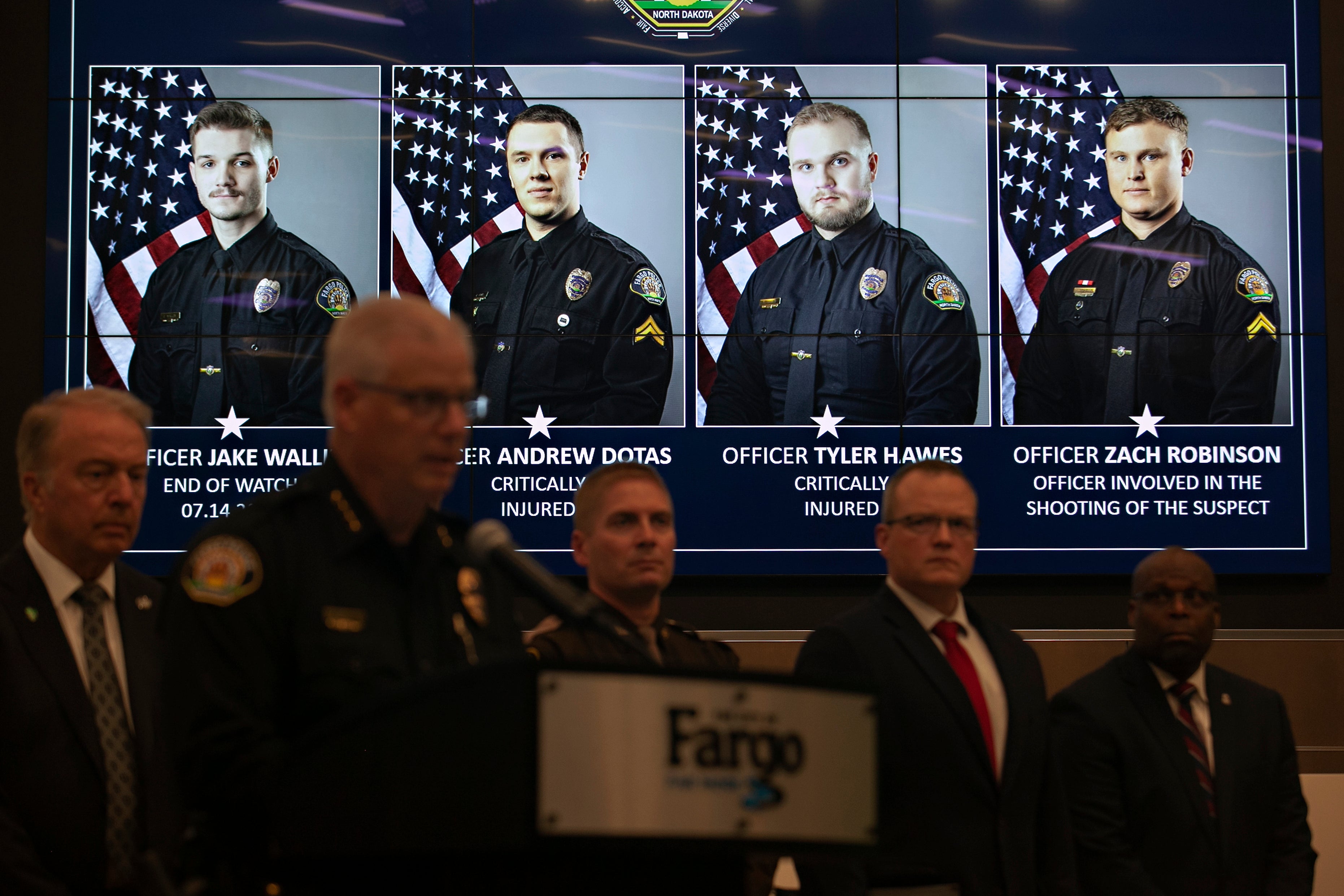Police Officer Killed in North Carolina Grocery Store Shooting: A Critical Examination
Introduction
On December 22, 2022, just days before Christmas, tragedy struck the Food Lion grocery store in Fayetteville, North Carolina. Officer Jason Raynor, a 30-year-old veteran of the Fayetteville Police Department, was fatally shot while responding to an active shooter situation. This senseless act of violence has sent shockwaves through the community and raised questions about the complexities surrounding police use of force and gun violence in America.
This essay critically examines the multifaceted nature of this tragic incident, presenting a comprehensive analysis of the pertinent factors and their implications. Through an exploration of multiple perspectives, relevant research, and a synthesis of credible sources, it seeks to illuminate the complexities and challenges associated with such events.
Context and Background
The Food Lion shooting occurred amidst a surge in gun violence in North Carolina. According to the Gun Violence Archive, over 1,200 people were killed in gun-related incidents in the state in 2022. The incident also comes at a time of heightened national scrutiny on police use of force, particularly involving African American individuals.
Eyewitness Accounts and Official Narrative
Initial eyewitness accounts described a chaotic scene, with multiple shots being fired and people fleeing in panic. However, the official narrative provided by law enforcement officials differs in some key respects. After reviewing surveillance footage, police concluded that the suspect, identified as John David Capel, had approached the store entrance while armed. Officer Raynor, upon confronting Capel, was shot and killed. Capel was later apprehended by responding officers and charged with murder.
Critical Perspectives on the Shooting
Scholarly Research and Analysis
Research on police use of force suggests that certain factors, such as implicit bias and the perception of threat, can influence officers' decisions to use deadly force. A 2019 study published in the Journal of Experimental Psychology: General found that officers were more likely to perceive a Black target as being armed than a White target, even when the targets were not armed.
Other studies have examined the role of fear and adrenaline in police shootings. A 2006 article in the Journal of Criminal Justice and Behavior found that officers who perceived a threat to their own safety were more likely to use force, but this perception was not always accurate.
Complexities and Challenges
The Food Lion shooting highlights the complex interplay of factors that contribute to incidents of police use of force and gun violence. These include:
Conclusion
The tragic shooting in Fayetteville, North Carolina, has laid bare the complexities surrounding police use of force, gun violence, and racial disparities. While the official narrative and eyewitness accounts may differ, the incident has sparked important conversations about these pressing issues.
Critical examination of the shooting reveals the challenges inherent in split-second decision-making by police officers. It also underscores the need for ongoing training, community engagement, and policy reforms aimed at reducing bias and ensuring equitable treatment of all citizens under the law.
Ultimately, the broader implications of the Food Lion shooting extend beyond the immediate tragedy. It serves as a reminder of the urgent need to address the systemic factors that contribute to gun violence and police use of force. By engaging in thoughtful dialogue, promoting evidence-based practices, and advocating for social justice, we can strive to create a safer and more just society for all.
Warriors Lose To Pacers As Steph Curry Struggles
Shooting Reported At The Katy Mills Mall, Suspects Fled Scene
Burt, The Famous Croc From "Crocodile Dundee" Movie, Dies In Australia



